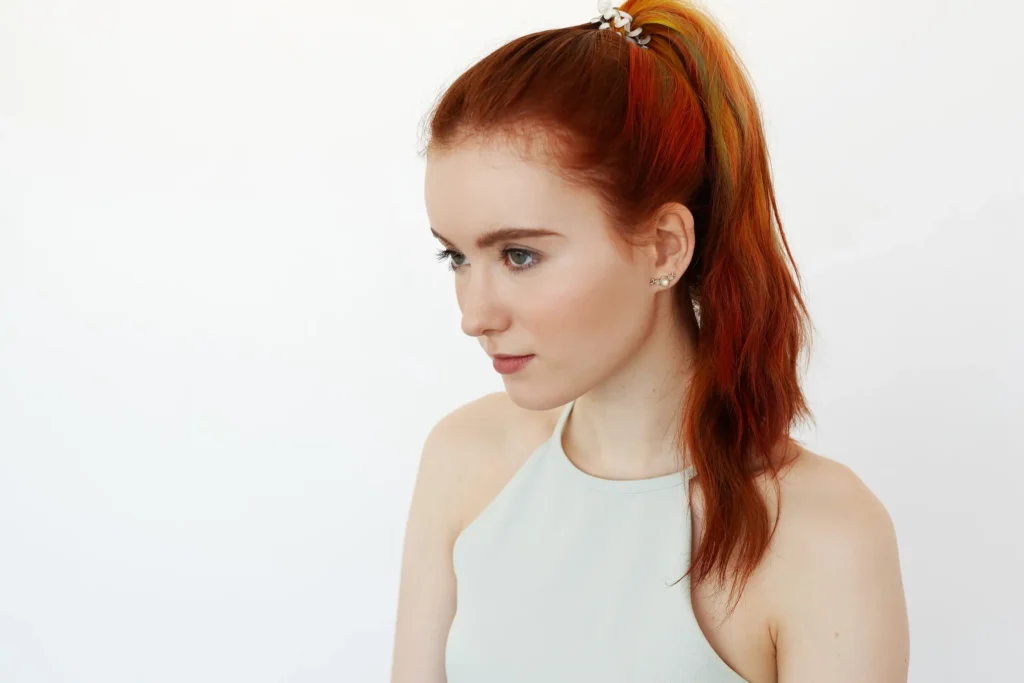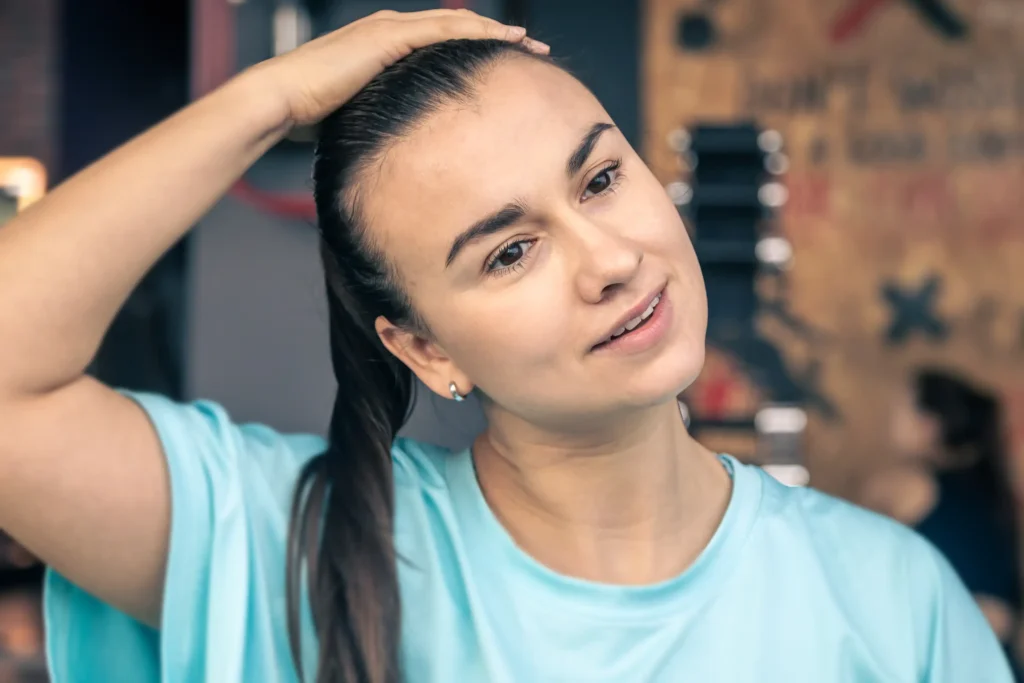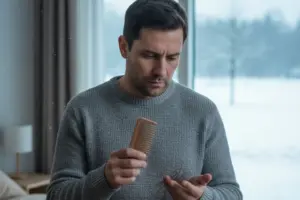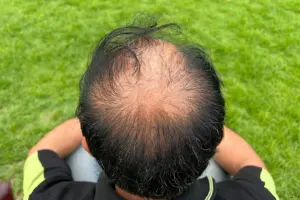
Traction Alopecia: We all want our hair to look lovely, whether it’s a sleek ponytail or tight braids or just a neat bun. These hairstyles can make you feel stylish and confident. But did you know that wearing tight hairstyles can hurt your hair? This type of hair loss is called traction alopecia. It is caused by too much pulling of your hair over time. In this guide, you can learn everything about traction alopecia.
What is traction alopecia?
This type of hair loss occurs when hair is pulled tightly over a long period, creating constant tension that damages the follicles, the tiny openings in your scalp where hair grows. Over time, this damage can cause hair to stop growing altogether. It’s not about brushing your hair roughly once or twice but about repeatedly wearing tight hairstyles in the same spots day after day, week after week.
Also Read | Hair fall or hair loss? How to tell the difference and what it means
Hairstyles that can cause traction alopecia
Certain hairstyles, when worn too tightly or frequently, can cause traction alopecia. Common culprits include slick buns, ponytails, braids, cornrow buns, hair extensions, weaves, tight headbands, and hair clips. These hairstyles can look beautiful, but when done too tightly or too frequently, they might cause hair damage.
Early signs of traction alopecia
The good news is that traction alopecia often starts slowly. This means that if you catch it early, you can prevent permanent hair loss. Watch out for signs of redness or soreness on the scalp, small bumps near your hairline, or itching or tingling sensations where the hair is pulled. One of the most common places that the signs show up is along the hairline, especially near your forehead or behind your ears.

What happens when you ignore the signs of traction alopecia?
Traction alopecia is treatable in the early stages. If you ignore the early signs and continue wearing tight styles, the damage can become permanent, and your hair follicles can become scarred. When that happens, the hair can no longer grow in that area. That’s why early action is crucial.
How to prevent traction alopecia?
Your ponytail or bun shouldn’t feel like it’s pulling your face. If it’s loose and comfortable, your scalp will thank you. Avoid wearing the same hairstyle every day; switch up your part, let your hair down a few days a week, and if you enjoy weaves or braids, give your scalp a break in between.
Also Read | What to eat for glowing skin and thicker hair
Tight hairstyles might look stylish, but they shouldn’t come at the expense of your hair’s health. Traction alopecia is real, but it’s also completely preventable.








